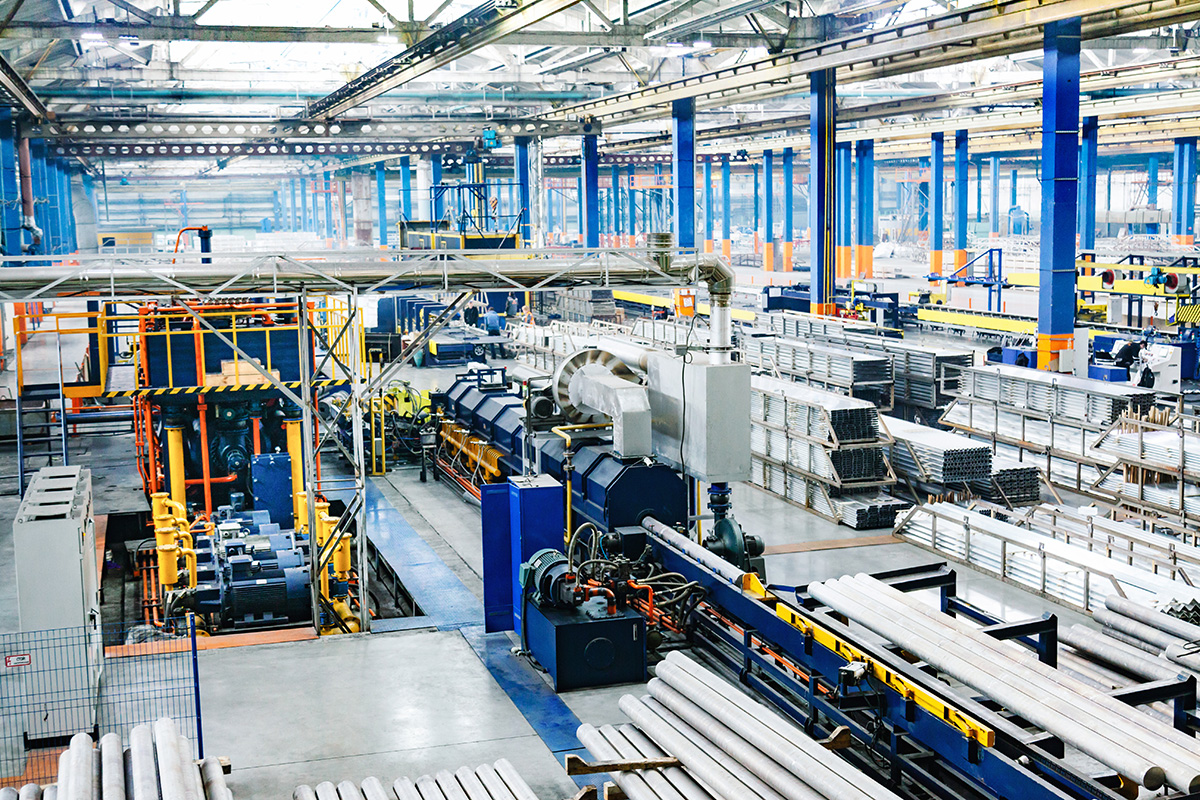
A dynamic and innovative economy
As the cradle of French industry, Eastern France remains a major industrial player to this day, with universities and research laboratories fuelling tomorrow’s growth in both traditional and technological fields.
A historical industrial know-how
Geographically and historically linked to the heart of the industrial revolution of the 18th century, Eastern France was one of the first players, with large-scale textile production, the development of the chemical industry and mechanical engineering. Alstom, Alcatel, Schlumberger, were born here and went on to become global players.
Local capitalism, academic excellence, and more recently foreign investment, have contributed to the development of new activities in electronics, life sciences, information technology and renewable energies, to name but a few. Today, Eastern France is the second region in France for foreign investment and continues to attract with around 100 projects and 800 million euros of foreign direct investment by 2020.
Eastern France is the leading host region for industrial production projects.
High-performance industrial sectors
The excellence of the region’s 5 universities in the fields of chemistry and biology, pharmaceuticals, biotechnologies and life sciences has given rise to one of Europe’s leading innovation clusters, Biovalley France (Biotech & Life sciences and Medical Technologies).
Anchored in a century-old automotive tradition and an industrial network of specialised SMEs, the Pôle Véhicule du Futur is dedicated to new mobility technologies.
The Build & Connect cluster brings together more than 400 companies and laboratories that develop materials and construction technologies with high energy performance.
Mechanical engineering brings together hundreds of small and large companies developing products and components for transport, industrial or agricultural equipment, railways, construction, etc…
Other growth and innovation clusters include Aquanova (technologies and management of water and related industries), Materalia (structural materials and implementation processes) B4C (Bioeconomy for change), …
Regional strategy and dedicated infrastructures
As a major component of the region’s DNA, industry is at the centre of the regional authorities’ initiatives: business incubators, industrial zones, financial aid, education and training programmes, transport infrastructures are constantly being developed or adapted to the needs of the economy. This regional economic development strategy focuses on priority sectors (health, mobility, food, renewable energies, environmental technologies, etc.) as well as on the social and solidarity economy.
The BAGE (Business Act Grand Est) focuses regional action on three drivers of transformation: digital, environmental and industrial. Its objective is to stimulate the transformation of the economy along these lines.

Digital transformation
Real time, dematerialisation, connected objects, data stocks, allow companies to become more competitive, reduce costs, improve processes and market new services. Its technological challenges are 5G, AI, IoT, cybersecurity, cloud, …
Environmental transformation
Ecological and energy transition is the key to all efforts, particularly in the fight against global warming. Challenges include decarbonisation, biodiversity, waste management, soil protection, etc…


Industrial transformation
The challenges are technological (control, simulation, flexibility, robotisation, materials, etc.), economic (relocation, local circuits, circular economy, etc.) and societal. The Grand Est, a historic industrial bastion, offers ideal conditions for solution providers to develop in France and Europe.
